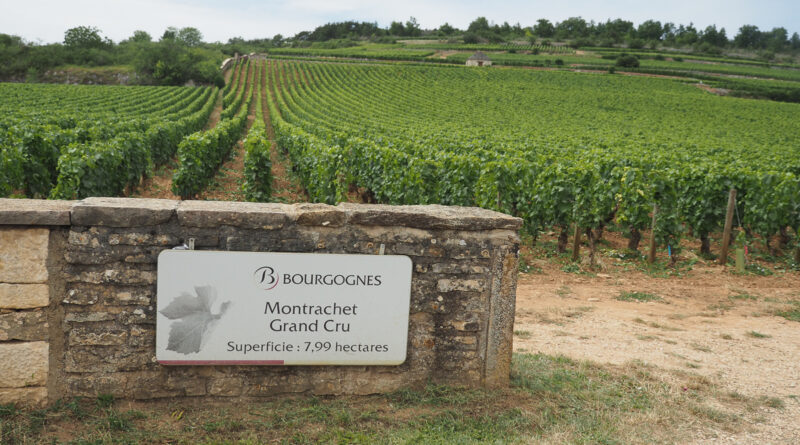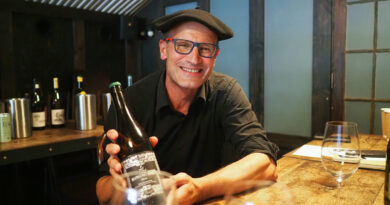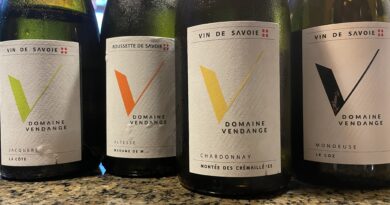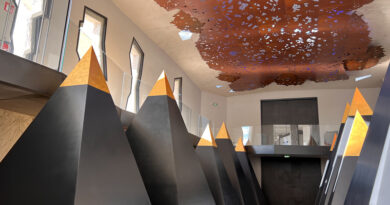All things about French wine from Taste France magazine
Taste France Magazine is a global-facing online magazine with a goal to share engaging content on French food and drinks, with a strong emphasis on wine – what, after all, is one of France’s strong points. It’s quite broad in its approach with recipes based on French products, articles about trends in food and drink, longer features and field reports, and even wine reviews.
The goal for the site is an ambitious one: the creators would like itto become the number one destination for consumers wanting to find out information about French gastronomy, wine, cooking and culture. Much of the content is created in France by writers there and then translated into different languages, but they also hire content creators in the UK, USA, Spain and Germany. The website is available in 6 countries, but I focused solely on the UK version to look at the wine content they have.
The content is written in an accessible style to appeal to non-category-experts. As an example, there is this profile of small Jura producer Philippe Chatillon. The article begins with an overview of the region, before telling Philippe’s story. Philippe began his career as a land agent on one of the region’s large estates, and was ahead of the curve in switching to organic then biodynamic farming, but he left region in 2009 to work in Lirac and Bordeaux, before returning to set up his own 3.5 hectare domaine, with vineyards mostly in Arbois. The article includes tasting notes and illustrations. There’s also another producer profile from the Jura in a similar style looking at Domaine de la Pinte here. La Pinte is almost ten times the size of Chatillon’s domaine, but they committed to organics in 1999 and have been biodynamic since 2009.
Another example of interesting wine content with a twist is this piece on quarry wines. This looks at the remarkable wine cellars hewn into the tuffo limestone in the Loire Valley, which have ideal conditions for maturing and ageing wine, and are used by many producers. While they are great for making wine in, they aren’t so great for humans who will end up spending much of their working life in damp, cool and dark conditions, even when it is sunny outside.
Another Loire-focused article looks at the way that organic winegrowing has taken off in the region. Today around 14% of the region’s vineyards are farmed organically, which is high considering that this is a region with a cool-ish climate and plenty of disease pressure. The sustainability certification HVE is also going well in the Loire.
There’s also a very current piece looking at incorporating trees and hedges into the vineyard, a practice called agroforestry, which is part of the regenerative viticulture toolkit. This is a new way of farming that looks to introduce biodiversity into agriculture to reduce the need for inputs.
Also of interest is this piece looking at the revival of old grape varieties, which for one reason or another had fallen out of favour. Now, there’s an increasing inclination on the part of consumers and winegrowers to revisit these varieties, especially because of climate change, and also because of changing tastes with a lot of people wanting lighter, more expressive wines to drink.
The site also has some primers, like this one on the AOP Corbières, giving a brief overview and some useful information.
And finally in this short round up, here’s an article on naturally sweet wines, which are a speciality of the wine regions of the south of France, where they are known as Vin Doux Naturels. These are underappreciated gems of the wine world, and it’s good to see them get some attention.
Taste France isn’t designed for serious wine geeks, but there is enough wine content here to interest them. But the core audience will be gastronomically inclined individuals who will appreciate wine being integrated with food and culture, and presented in an accessible way.




